Home to a staggering 45 UNESCO World Heritage sites, Spain ranks number 3 on the list of UNESCO World Heritage Sites, behind only China and Italy.
No less than 27 states have ruled the Iberian peninsula over its history. From globetrotting Catholic powers expanding overseas to Islamic Caliphates ruling the peninsula from Syria.
The prestigious UNESCO title is awarded to sites that are considered to be of historic or cultural importance and therefore their conservation and promotion are maintained by funding received from UNESCO. They are also legally protected under the Geneva Convention.
Discover the top UNESCO World Heritage sites to visit on your vacation to Spain.
The Alhambra, Granada
El Teide, Tenerife
La Mezquita, Córdoba
Altamira Caves, Cantabria
Guadí’s work, Barcelona
The tower of Hercules, Coruña
The Cathedral and Alcazar, Seville
Biodiversity, Ibiza
Camino de Santiago, Santiago
The Historic centre of Toledo
1. The Alhambra, Granada
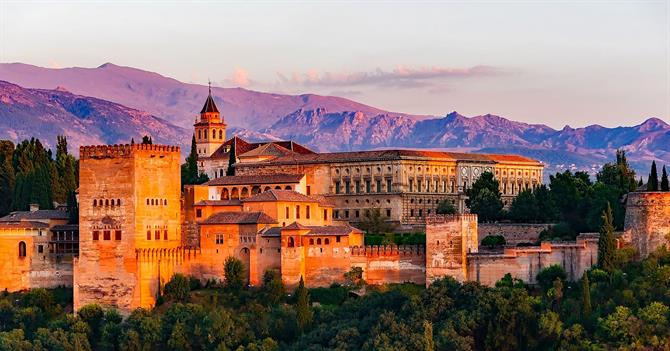
A perfect example of Moorish architecture, the Alhambra is Spain's most visited tourist site, welcoming more than 2.5 million people each year. The Alhambra fortress is the former residence of the Moorish emirs who ruled this part of Spain during the 13th and 14th centuries. You can't miss a visit to this spectacular monument, but it is essential you book tickets well in advance or you could miss out.
Granada has so much to offer, apart from the Alhambra, every corner is steeped in history no matter where you choose to stay in the city. From the Arab quarter of the Albaicin to the Jewish quarter of Realejo Granada is a must-see vacation destination for history lovers.
2. Teide National Park, Tenerife
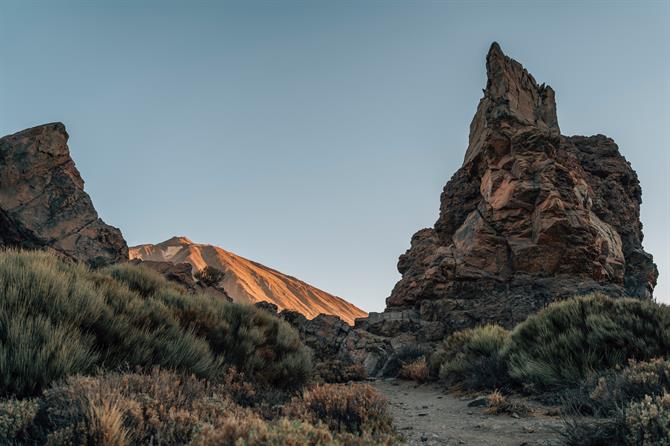
Situated on the island of Tenerife, Teide National Park features the Teide-Pico Viejo stratovolcano that, standing at 3,718m tall, is the highest peak on Spanish soil.
Rising 7,500m from the ocean floor, it is regarded as the world's third tallest volcanic structure. This national park is a must-visit during your stay in Tenerife. You do need tickets to access this park, so make sure to book in advance, especially during the summer months. One of the best things to do in El Teide is the sunset and stargazing experience. Truly magical.
3. Historic City of Cordoba, Cordoba
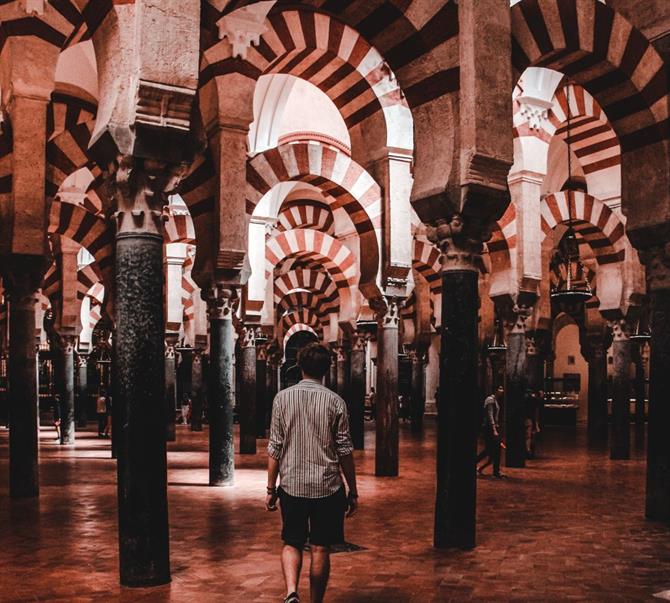
The city of Cordoba is considered to be a historical ensemble of extraordinary value. Wander around this stunning city on foot and take in the sights.
The "Mezquita" - the Grand Mosque - which is now a cathedral, is regarded as the most emblematic monument of Islamic religious architecture. It is the world's third-largest Cathedral-Mosque. Originally built by Abd ar-Rahman III in 951–52, admire the impressive columns, many of which came from other countries across the empire.
4. Altamira Caves, Cantabria
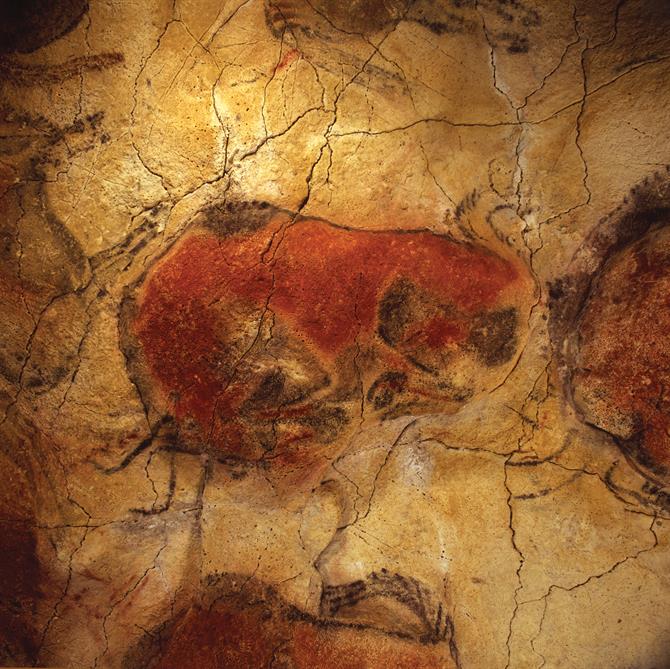
The exceptionally well preserved Altamira caves in Cantabria offer the finest example of Palaeolithic cave art in Europe dating back to between 35,000 and 11,000 B.C. Admire the incredible depictions of animals (bison, deer, and horses), hands, and abstract symbols that remain vital in revealing how sophisticated certain cultures got during the Stone Age.
It is still not clear as to why these paintings were etched on the walls, some say they may have been used during religious rituals to make contact with spirits. Either way, they are a magnificent reminder of the humans that inhabited this earth before us.
5. Works of Gaudí, Barcelona
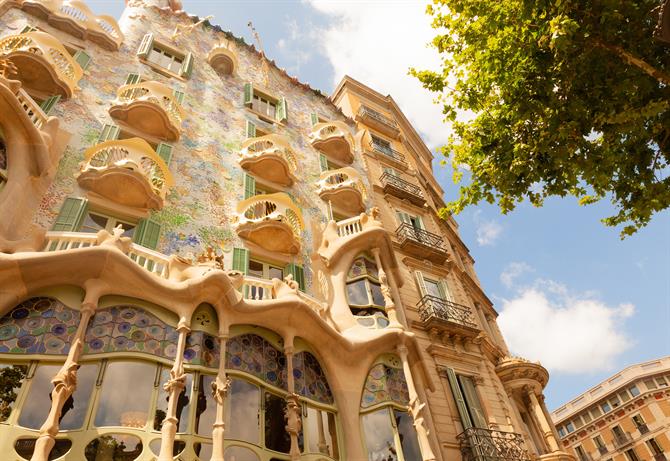
Seven properties which were built by architect Antoni Gaudí (1852-1926) in the Catalan capital of Barcelona and other works of Gaudí around the city, are recognised by UNESCO for their "eclectic, as well as very personal style which was given free rein in the design of gardens, sculptures and decorative arts, as well as architecture".
Walking around the city and admiring the works of Gaudí is one of the best things to do on vacation in Barcelona. No one can visit Barcelona without going to Gaudí's most famous masterpiece - the unfinished Sagrada Familia. It is his work on the building that is part of the UNESCO World Heritage Site. Book tickets in advance to get the chance to go inside. Also, don't miss the quirky Casa Batlló on Passeig de Gràcia at the top of La Rambla.
6. Tower of Hercules or Farum Brigantium, Coruña
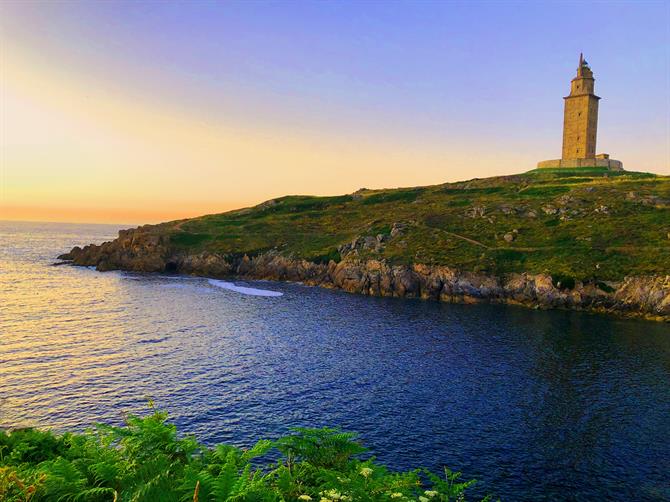
This lighthouse and landmark have stood at the entrance of Coruña harbour in north-western Spain since it was built in the late 1st century A.D. by the Romans who originally named it Farum Brigantium. It is the only fully preserved Roman lighthouse that is still used for maritime signalling.
It was renamed the Tower of Hercules at the beginning of the 20th century and it is the only lighthouse of Greco-Roman antiquity to have retained its structural integrity and continued use up until today. Don't forget to book tickets to see this impressive historical site.
7. Cathedral, Alcazar and the Archive of the Indies, Seville
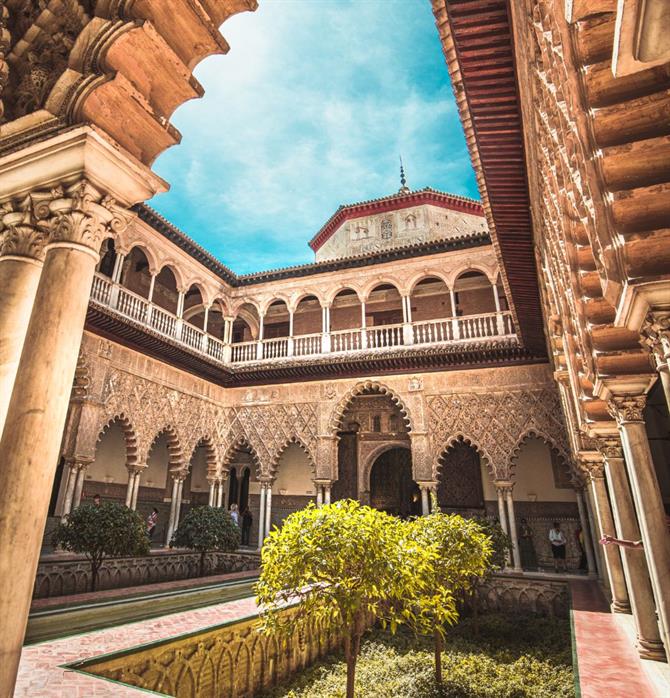
Seville is one of the top places to visit in Andalusia. The Cathedral and Alcazar form a remarkable monumental complex in the heart of Seville.
The Cathedral and the Alcazar, according to UNESCO, are an "exceptional testimony to the civilisation of the Almohads as well as that of Christian Andalusia", while the General Archive of the Indies contains "valuable documents from the archives of the colonies in the Americas". Discover the city of Seville on foot and wander the streets to capture a true sense of life in Andalusia. Admire the towering spires and palaces erected to the glory of the Spanish conquest of the Americas.
8. Biodiversity and Culture, Ibiza
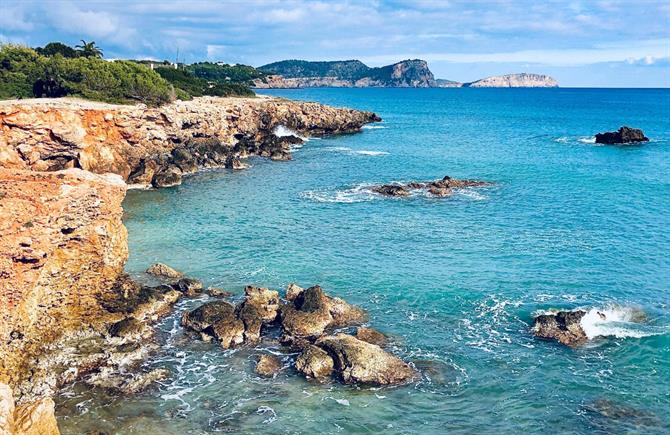
The Balearic island of Ibiza is recognised as a UNESCO World Heritage Site for its biodiversity and culture. The island is home to dense prairies of oceanic Posidonia (seagrass) found only on the basin of the Mediterranean. It is essential that it is preserved to promote a diversity of marine life. Along with Posidonia preservation, Ibiza is recognised by UNESCO for the archaeological sites of Sa Caleta (settlement) and Puig des Molins (necropolis) which are evidence of the island's important role in the economy of the Mediterranean in the Phoenician-Carthaginian period.
It is recognised as providing "an excellent example of the interaction between the marine and coastal ecosystems...and preserves considerable evidence of its long history". Wherever you choose to stay in Ibiza, you can find the perfect mix of nature, culture and vibrant life.
9. Camino de Santiago, Santiago

The 791km route from the French-Spanish border was and still is, extremely popular among Christian pilgrims heading to Santiago de Compostela. The Camino de Santiago are a network of pilgrims' ways or pilgrimages leading to the shrine of the apostle Saint James the Great in the cathedral of Santiago de Compostela, Galicia. It is believed that the saint's remains are buried here.
The Camino de Santiago however, is not just popular with pilgrims. Nowadays, many people want to hike this stunning route whether they choose to walk the whole route or just a part of it. It is a great way to discover the most beautiful parts of northern Spain. It is the 'Camino Francés' and Routes of Northern Spain specifically that are listed on the UNESCO World Heritage list.
10. Historic Centre of Toledo, Toledo
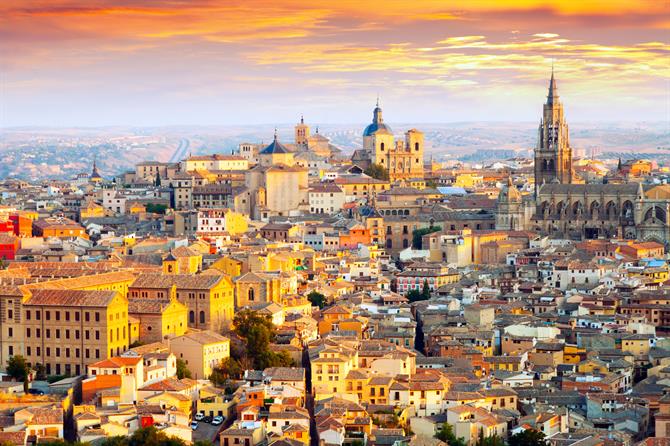
The ancient city of Toledo is steeped in more than 2,000 years of history and is a great example of the harmony of three major religions - Judaism, Christianity and Islam. A trip to Toledo is one of the best day trips from Madrid. The city sits on top of a gorge overlooking the Río Tajo, known as the city of three cultures, visit mosques, synagogues and a cathedral all crammed into the historic centre. Just 30 minutes from Madrid by train, explore its cobbled, narrow streets, the castle, and the cathedral where artwork hangs from its 13th-century walls.
The takeaway…
Visiting some of these UNESCO World Heritage Sites is on many people's bucket list, and it's no wonder why. From Moorish palaces to Palaeolithic cave art, Spain really does offer some of the most precious sites in the world. Which ones will you check off your list on your vacation to Spain?
